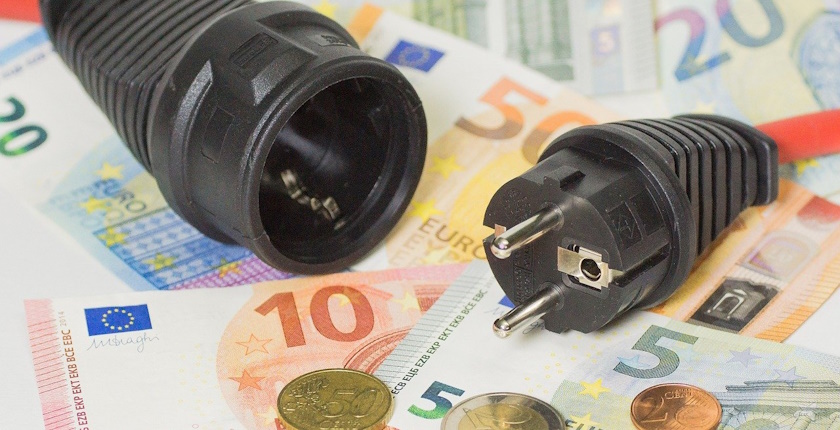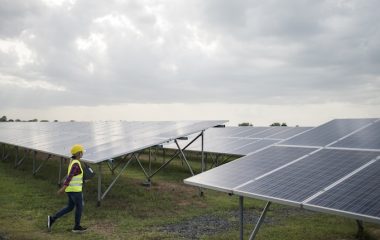
Photo: Alexander Stein from Pixabay
Romania will be one of the biggest beneficiaries of the Social Climate Fund, allowing it to reduce the energy poverty rate at the national level.
Romania will receive EUR 6 billion or 9.25% of the EUR 65 billion available from the Social Climate Fund (SFC) in the period 2026-2032, the Romanian Energy Poverty Observatory (Observatorului Român al Sărăciei Energetice – ORSE) said.
The aid is intended to mitigate the potential negative effects on households from the European Union’s upcoming Emissions Trading System 2 (ETS 2), a carbon tax mechanism. The scheme, covering the use of fossil fuels in heating and transport, is scheduled to be rolled out in 2027.
Of note, SFC is part of the European Union’s Fit-for-55 climate package.
The funds will be used for investments to support vulnerable groups, citizens with problems to pay energy or transport services, according to the report Identifying vulnerability to the ETS 2 in the CEE region based on the example of Romania and Poland.
The CEE region needs a special attention in the context of ETS 2
The report was prepared by the Center for the Study of Democracy (CSD), the initiator of ORSE, and non-governmental organizations WiseEuropa from Poland and adelphi from Germany.
According to the report, EU member states in Central and Eastern Europe (CEE) need special attention in the context of ETS 2 and SFC.
They have lower disposable incomes than the EU average, and an old and inefficient housing stock formed largely from panel-type building blocks – a legacy of the communist past.
Countries in CEE also have high levels of energy poverty
Inefficient energy consumption behaviors in combination with old appliances are two other features common for the region, the report reads.
For example, Poland and the Czech Republic rely heavily on coal and gas for heating, Hungary is dependent on gas and, marginally, wood pellets, while Romania and Bulgaria use a mix of wood, gas and even coal, with profound divides across urban and rural areas.
Countries in CEE also have high levels of energy poverty. For example, Bulgaria (23.7%), Romania (15.2%), and countries in South-Eastern Europe register a higher percentage of households unable to keep the house warm during winter in comparison to countries from Northern and Western Europe like Sweden (3.3), Belgium (5.1%), the document adds.
In addition, it defines recommendations to help the CEE region ease the burden from ETS 2.


















Be the first one to comment on this article.